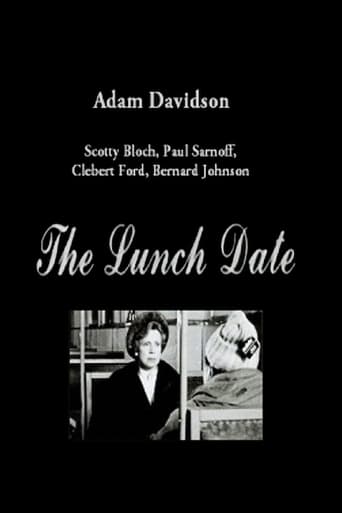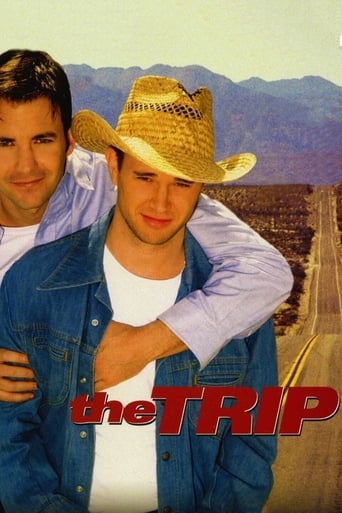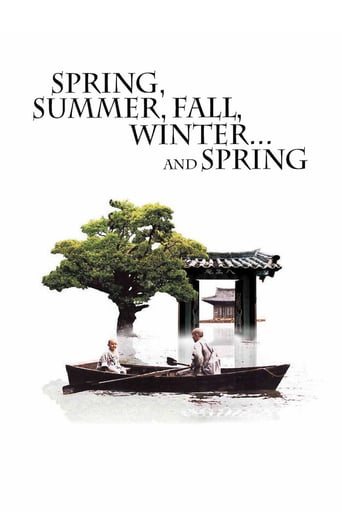


Spring, Summer, Fall, Winter... and Spring
An isolated lake, where an old monk lives in a small floating temple. The monk has a young boy living with him, learning to become a monk. We watch as seasons and years pass by.
-
- Cast:
- Oh Young-soo , Kim Ki-duk , Kim Young-min , Seo Jae-kyeong , Kim Jung-young , Ji Dae-han , Choe Min


Similar titles
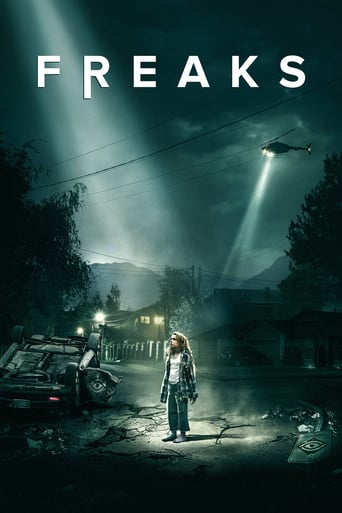
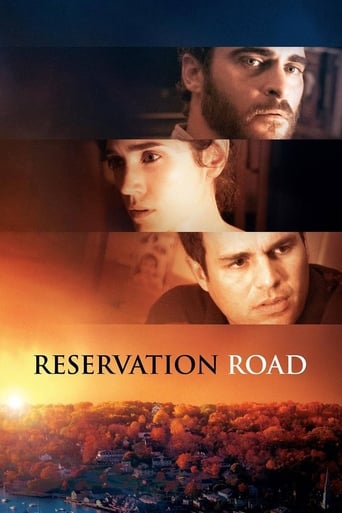

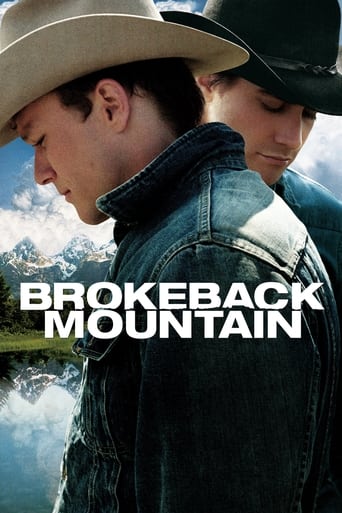
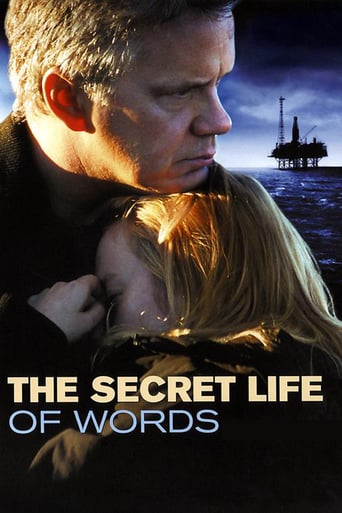
Reviews
Best movie of this year hands down!
A lot of fun.
Like the great film, it's made with a great deal of visible affection both in front of and behind the camera.
It’s not bad or unwatchable but despite the amplitude of the spectacle, the end result is underwhelming.
I did not read to much into the symbols and rather just appreciated the movie for what it was. Beautiful in it's cinematography, and it spoke to me on a personal level at the time I watched it. Not sure if I would recommend it to everyone, but I - for one - did enjoy it very much.
The movie "Spring, Summer, Fall, Winter... and Spring" directed by a vanguard Korean director Kim Ki Duk is a pure illustration and the reading of the Buddhist dharma, core Buddhist teachings. The work can be torn apart into separate pieces of symbolism, yet seen as a complete cyclic work of art. Through the cyclicality of the nature and the life of one person the director could interpret basic Buddhist concept in a lens of cultural Korean Buddhism and the mystical premises which should not be taken presisely. Unlike Weerasethakul's "Uncle Boonmee Who Can Recall His Past Lives" the cyclicality as an essential part of the Buddhist dharma has been shown from a slightly different perspective. The driving force for samsara has not only been the deed of one person, as we have partially observed from Uncle Boonmee, Kim Ki Duk illustrated cyclicality in all aspects of the world: from the rotation of day and night, change in seasons to the evolution of human emotions and senses to the change in generations. Even the title of the movie cyclical, as the Buddhist teachings suggest that time is not linear rather cyclical. Here the viewer comes back to the point zero at the end of the movie as well. It has been illustrated not only through the return to the spring season, which can be seen as the point of rebirth: we see the monk with the little boy both in the beginning and in the end. Other seasons can also be seen as other processes of this cycle: summer is birth, fall is life and winter is death. They can be in different levels at the same time: the development of nature, life of the old monk and life of a little boy. Even though the movie represents the small sangha, the monastic community, everything depicted by the director should not be taken literary, because it involves mystery, which is not explained by the movie. For example, even small details of the monastic life have not been shown and can raise some question: for example, the sources of food they have used to live. Another controversial moment in the movie is the one when the little boy has arrived on another shore and played with fish, frog and snake (which has been shown for the didactic reasons, as the viewer gets to see later), the old monk has also somehow arrived at that side of the shore, possibly just walking on the water. Leaving this questions without the answer, the director almost points out on the fact that even though the representation of the Buddhist livelihood seems more or less accurate, it should not be taken without a doubt. Despite this, Kim Ki Duk masterfully showed 3 Jewels on Buddhism: the Buddha, who has been depicted several times throughout the movie, Sangha, monastic community, and the Dharma, Buddhist core teachings. Even the Dukha, the suffering, which is the main driving force of Samsara, has been shown not only through different types and degrees of physical pain, but also through the moral dissatisfaction and psychological suffering: "Didn't you know beforehand how the world of men is? Sometimes we have to let go of the things we like. What you like, others will also like," - as the old monk commented after the younger one's return to the temple.Even though the movie includes a lot of controversial moments, it could masterly introduce to the viewer core concepts and teaching of Buddhist community, however, the viewer should take responsibility to filter and polish the information.
Film review by Mira Sukurova. "Spring, summer, fall, winter ... and spring" is a very impressive movie about the life of a Buddhist monk. It was a pleasure to contemplate beautiful images of nature throughout the film. There are very few dialogues, but acting expressiveness of the actors, music and aesthetics of each scene do their job, and do not require words to be said in order to convey the message. The life of a Buddhist monk is compared to the seasons. The monk is portrayed by a different actor in each season. The change of actors is clear and inevitable in the spring-to-summer or a child-to-youth transition, however, later it has more a symbolic meaning, rather than a need. I think, the change of actors refers to one of the most important Buddhist doctrines of no-self. The doctrine states that there is no eternal, permanent, non-changing self or soul in each of us, living creatures. Similarly, we see a quite different personality in each of the phases of the monk's life. The circularity of time, and the change of the seasons represent impermanence as the essence of life. Buddhism teaches that no attachment should take place, as everything is impermanent. Similarly, a monk gets attached to a girl, and loses her later, as her feelings are not permanent as well. The fact that he kills her show that early in his life he did not understand this Buddhist truth of impermanence. The film is full of Buddhist symbolism. The thing that hits attention is the doors. Apparently, they do not serve their usual function and their use is more about the choice than a need. The use of doors might symbolize the discipline, the morality of everyday choices and following a right path. The first signal of a monk going away from monk's morality was when he overstepped his sleeping teacher in order to come close to a girl. I think that the main message that the director wanted to convey in this film was the need of compassion to all living creatures. From the very first scenes, an old monk teaches his disciple to be compassionate to all living things around, and later demonstrates great compassion and wisdom to a murderer. It was heart-warming to see how even policemen that came to arrest a criminal manifested compassion and belief that a person can change. Though, the monk's life path can not be called happy, the film leaves a mood of peace, hope, reconciliation and light sorrow. The other thing that I liked about the film is that it evokes interest in the viewers to the Buddhist culture, religion, traditions. For example, right away after the film I was very curious to google the meanings of the animals depicted in the film, or the meaning of face closed, or the so-called Prajnamapitra Sutra, or the procedure of tight bondage and many other details. Overall, I was very satisfied by this film, abundant of both magnificent images and though-provoking messages.
it is the first word for define it. because it is a not ordinary beauty. but a sort of trip in spiritual air. its gracious simplicity, its moral lessons, who define each religious attitude, its delicacy, the flavor of images, the ways of the young disciple and the presence of the master, the temptation and the joy, the precise manner to suggest more than present, the bitter temptation and the return are pieces of a fascinating work. and this does the film an event. or a precious seed for useful memories. because all is a form of reflection of the viewer. because each scene becomes a chance to discover yourself. like in a large mirror who discovers the hidden side of yourself. short, a film who must see. for remind old impressions about Extreme East. or for escape from the every day pressure and the temptations of media.

